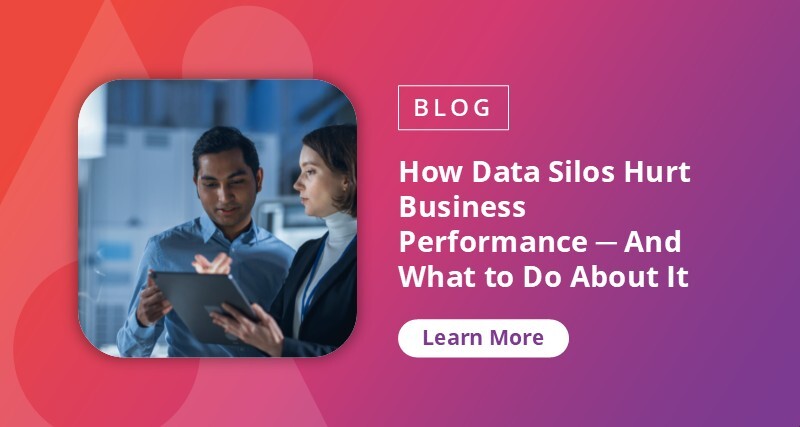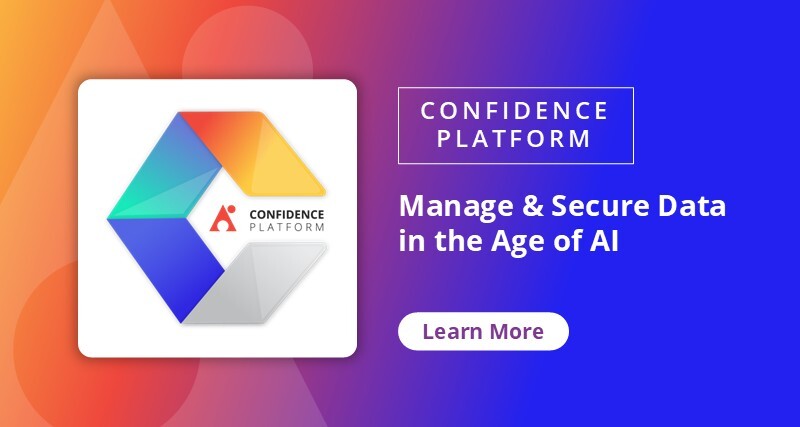Singapore has firmly established itself as a leader in digital innovations, as manifested by its Smart Nation initiative. While the initiative assisted with a highly digitised public sector, challenges remain.
According to the Singapore Business Federation, lack of knowledge and expertise (61%); and data privacy and security (61%) remain two of the top challenges in AI adoption. Addressing these challenges is crucial for Singapore to continue its journey as a regional powerhouse in AI and cloud adoption.
By overcoming these barriers, Singapore can solidify its position as a leader in digital infrastructure and innovation, unlocking new opportunities for growth and development in the region
4 Barriers to AI and Cloud Adoption
Here are the four most common barriers to cloud and AI adoption and what public sector agencies can do about it:
1. Data Silos
When data is isolated within different departments or systems, it becomes difficult to access and integrate information across the organisation. This fragmentation can hinder the effectiveness of AI, which relies on comprehensive and high-quality data. A leading financial institution in Singapore experienced this same dilemma: in the absence of a unified case management system, it had fragmented views of consumer interactions, delaying case resolutions.
This scenario highlights the importance of having a centralised platform before integrating newer technologies into a digital environment. Doing so will allow users to easily search and access information they need. When using AI, having a centralised source of information helps quickly pull information that the workforce needs and helps ensure that information pulled represents the entirety of available data, not excluding potential citizen information that could be stored in a separate database, in events of case searches or data analyses.

2. Outdated Systems
Some institutions still rely on outdated legacy systems. Case in point: according to IDC, while public cloud services are expected to increase to $219.3 billion by 2027, 30% of spending still accounts for on-premises spending.
This can be a challenge when a public sector agency decides to integrate applications such as GenAI, specifically in terms of systems integration and storage. The first thing to consider when using AI with on-premises infrastructure is the level of integration across systems. If a public sector organisation intends to use AI for analyses, the first step must be to integrate these systems to ensure that all data is accessible for data-driven analyses.
Similarly, while some AI applications can work with on-premises systems, not all can. Ensuring application compatibility can be a necessary step, which could mean hiring IT experts if no AI expert is available. Public sector agencies must also evaluate their current storage infrastructure to ensure it can handle the increased data volume and provide quick access for AI processing.
In fact, according to Recon Analytics, 61% of infrastructure buyers expect AI could necessitate doubling existing storage requirements. Having a foresight into how this translates to storage for public sectors is necessary. Public sector agencies must take actions to remove redundant, obsolete, and trivial (ROT) data, centralise systems into a unified platform, and implement a data lifecycle management strategy to optimise storage.
The AvePoint Confidence Platform supports this entire process, ensuring data is free from ROT data before migration, and support migration whether it’s an on-premises to cloud or cloud-to-cloud, centralising all valuable data into a cohesive, modern cloud platform.
It furthers the security of your modernised platform by implementing automated lifecycle management, to classify data based on specific rules set by the organisation, and do away with the manual archiving and deletion, assisting with optimising storage and meeting regulatory compliance.

3. Executive Buy-In
Gaining executive support for AI and cloud initiatives can be difficult, especially if leaders are not fully aware of the benefits or are concerned about the risks and costs involved. For example, the IT team of a public sector organisation can propose an AI project to streamline officers’ workloads and improve citizen services, but absent executive buy-in prevents public sector agencies from further innovation to keep up with the technological trends.
In certain cases, decision-makers may be looking for modern solutions that go beyond what standard out-of-the-box cloud and AI offerings can deliver. AvePoint leverages a Commercial Off-The-Shelf (COTS) approach with configurable components and AI features, alongside cloud solutions. Our COTS products, trusted by over 16,000 customers globally, combined with our deep expertise in integrating diverse systems, have earned us a reputation as a reliable partner — delivering on expectations while continuously adapting to meet evolving client needs.
Similarly, the Confidence Platform can help decision-makers understand the value of their investments by providing insights into employee engagement and technology adoption, allowing organisations to take action on underutilised features of new technologies and drive adoption across the organisation.
4. Security Concerns
Ensuring the security and privacy of data is a major concern, especially when dealing with sensitive information. This is particularly challenging for public sector organisations, which must comply with strict regulations and protect against cyberthreats. For example, a government agency may want to use cloud services to store and analyse citizen data but is concerned about data breaches and compliance with data protection laws, leading to hesitation to adoption. To protect cloud users, the Infocomm Media Development Authority (IMDA) introduced Advisory Guidelines for Cloud Services and Data Centres to address these issues. These guidelines recommend measures such as risk assessment, business impact analysis, and cybersecurity protocols to enhance the resilience and security of cloud services. But despite these efforts, some agencies have experienced delays in cloud adoption due to the stringent requirements of the Personal Data Protection Act (PDPA), which mandates robust data protection practices.
Public sector organisations can secure utilisation of new technologies, such as cloud or AI, by ensuring a strong data foundation. This includes implementing data governance and lifecycle management processes to help avoid ROT data from creating sprawl in the digital workspace.
By making sure unnecessary information does not stay in the workspace, it limits the attack surface for cybercriminals. Coupled with data governance policies, the workspace remains secure as public sector agencies transition into modern technologies. For example, when using AI, having proper governance and lifecycle management processes in place ensures that AI prompts do not release sensitive information to unauthorised users in the organisation. Similarly, having an ROT-free workspace assists in producing the most accurate results in AI prompts and analyses.

Embracing Innovation for a Future-Ready Public Sector
To fundamentally transform public sector operations, embracing AI and cloud technologies is no longer a choice but a necessity. By establishing a robust data foundation and implementing stringent data security measures, public sector organisations can overcome initial hesitations and unlock the full potential of modern technological solutions.
This strategic embrace of technology will not only address current operational challenges but also position the public sector as a frontrunner in the evolving digital landscape. Decision-makers are encouraged to act now, fostering innovation and ensuring the security of sensitive information, to lead the charge in the global digital economy.


